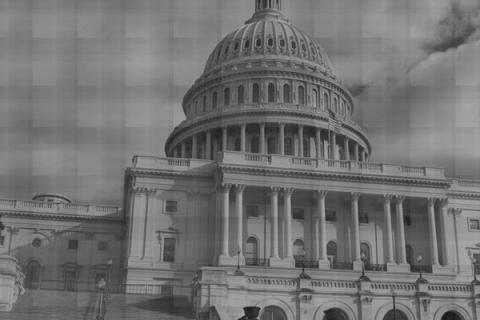One of the most enduring myths in US politics is the assertion that there are no alternatives to the candidates of the Democratic and Republican parties. Many would-be voters who are fed up with the forced choice between Tweedle Dum and Tweedle Dumber are undoubtedly more likely not to vote than head to the polls and cast their ballot for a third party or Independent alternative. Given the lack of media coverage devoted to third party and Independent candidates, a large portion of the electorate may not even realize there are alternatives on the ballot.
In recent weeks, IVN has highlighted numerous third party and Independent candidates for federal, state and local offices. In the present article, we'll take a broader and more quantitative view of the electorate's options. An analysis of the 480 elections for Governor, US Senate and House this year reveals that there are Independent or third party alternatives to the candidates of the legacy parties in more than half of all contests.
Of the 12 states holding a gubernatorial election this year, there are 10 in which there is at least one third party or Independent candidate who has declared their candidacy and filed papers for the office: Indiana, Missouri, Montana, North Carolina, North Dakota, New Hampshire, Utah, Vermont, Washington and West Virginia. The Libertarian Party is leading the opposition charge for the governor's mansion in these races, with candidates in 7 of those 10 races.
This November 33 states will be holding elections for US Senate. There is at least one third party or Independent candidate for the world's greatest deliberative body in 25 of those contests. Independent candidates can be found in 18 of these races, followed by the Libertarian Party in 11, and the Green Party in 5. In Florida, there are no less than 7 Independents seeking the office of US Senate. In Maine there are 6, including the state's former Independent Governor Angus King. In Tennessee and Texas there are 4 each.
All 435 seats for US House are, of course, up for election this year. There are alternatives to the Republican and/or Democratic party choice in 256 of those races, including at least 134 in which there is an Independent seeking the office. In six states with multiple House seats, there is a third party or Independent alternative in every single House contest: Arkansas, Missouri, Mississippi, Nevada, Oklahoma and Texas.
There appears to be an especially high amount of third party and Independent activity in Texas. In the Lone Star State, the Libertarian Party is running a candidate in 35 of the state's 36 congressional districts; there is at least one Independent in 26 of its congressional districts; and there is a Green Party candidate in 15. For the sake of comparison, consider the case of New York, which is comparable to Texas in terms of the size of its House delegation. Of the Empire State's 27 House contests, there is a third party or Independent alternative to the Democrat and/or Republican in just 12 races and it is the Green Party that is leading the opposition charge, with candidates in 9 of those districts.
On the other end of the spectrum, there appear to be six states with multiple seats in which there are no third party or Independent candidate's for the People's House: Louisiana, Maine, New Hampshire, New Mexico, Rhode Island, and West Virginia.
How many third party or Independent candidates are running in your state? Consult the website of your state's board of elections or another web resource for candidate lists and let us know!

